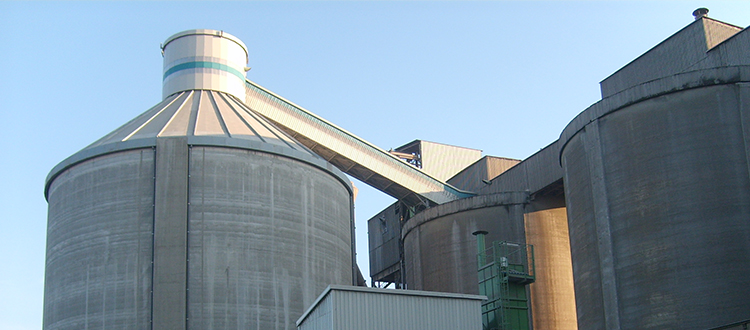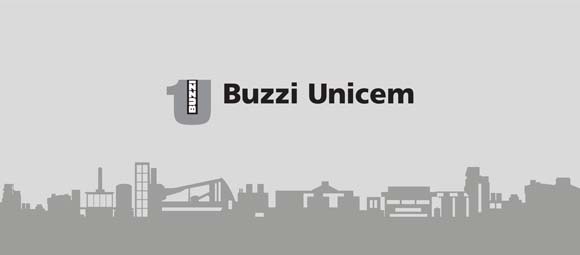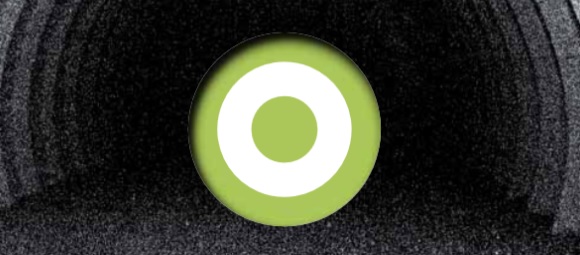During the 2008/2009 school year, Buzzi Unicem decided to play a part in the schools of Casale Monferrato (Alessandria) with a pilot project that involved studying the chemistry of cement. This experimental educational project took place at the Alighieri-Trevigi middle school and the Balbo high school (fourth year junior grade).
During the first week of December 2008, the staff responsible for the project presented the proposal to the students with an introductory lecture that was quite theoretical in nature: cement and its production cycle, ranging from the extraction of the raw materials to the sale of the finished product; concrete and its uses. The main focus was on all the chemical processes involved in hydrating the cement plus the quality controls performed up until the product is used.
In March 2009, about 30 students from the third year of the middle schools attended a workshop at the participating schools, learning several basic elements of the chemistry of cement. The middle school children determined the difference between mixture and solution, experimenting with the various separation techniques such as filtration, evaporation and precipitation; they determined the pH of various solutions using liquid and universal indicators; they studied the differences between silicaceous and calcareous aggregates, including both the superficial and chemical aspects; lastly, they evaluated the hardness index of several materials such as clinker, limestone and gypsum.
The workshop for the high school students was rather more in-depth, with the students performing the experiments by themselves. They conducted tests to determine sulfates in solution by precipitating barium sulfate, and performed qualitative and quantitative analyses by UV/VIS to detect the chromium in cement eluates reduced with stannous sulfate and without.
The project concluded in May 2009 with a trip to the Trino (Vercelli) plant, where the students were able to see for themselves the cement grinding, quality control and concrete preparation processes plus a few more experiments in the analysis laboratory.




